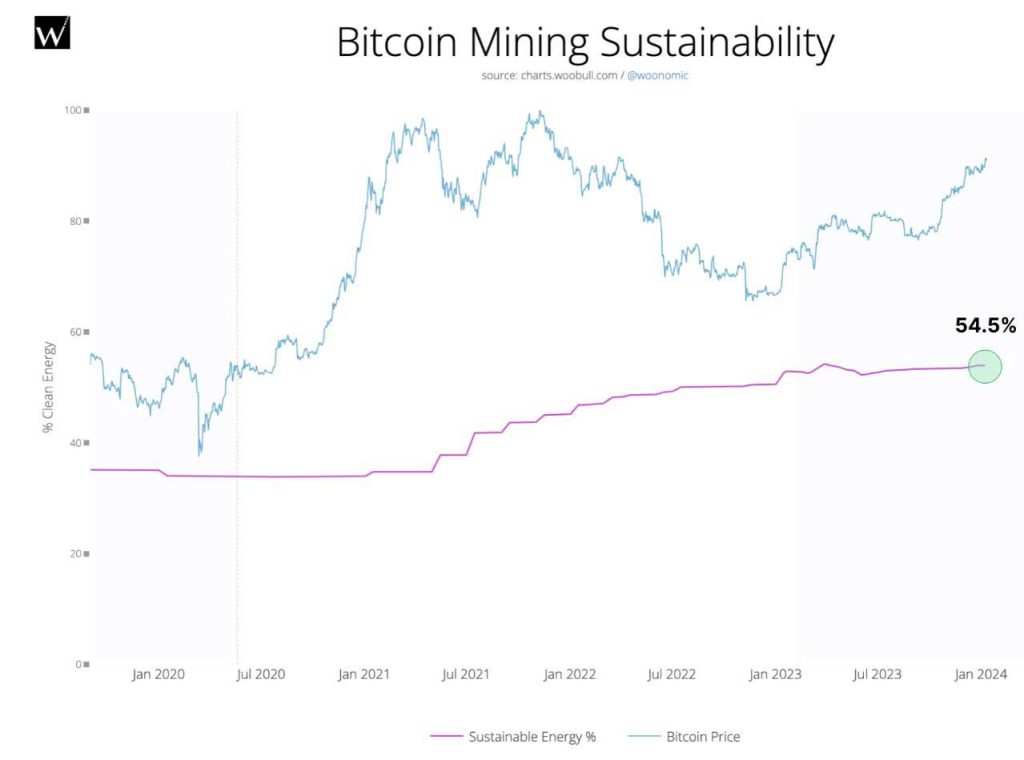U.S.-China Trade Talks: Officials To Meet Amidst Ongoing Tensions

Table of Contents
The relationship between the United States and China has been fraught with tension, particularly regarding trade. The looming shadow of a full-blown trade war, punctuated by escalating tariffs and economic sanctions, hangs heavy over bilateral relations. With officials from both nations set to meet for further negotiations, the stakes are incredibly high. This article delves into the key issues on the table, potential outcomes, and the wider geopolitical implications of these crucial U.S.-China trade talks.
Key Issues on the Negotiating Table
The upcoming U.S.-China trade talks aim to address a complex web of longstanding issues that have strained the relationship between the two economic superpowers. These core concerns continue to fuel the ongoing trade tensions.
Tariffs and Trade Deficits
The imposition of tariffs by both the U.S. and China has been a major sticking point. These tariffs, impacting sectors ranging from agriculture (soybeans, for example) to technology (semiconductors and telecommunications equipment), have resulted in significant economic repercussions.
- Specific Tariffs: The U.S. has imposed tariffs on hundreds of billions of dollars worth of Chinese goods, while China has retaliated with tariffs on American products.
- Impact on Businesses: American businesses, particularly those reliant on Chinese markets or those importing Chinese goods, have faced increased costs and reduced competitiveness. Similarly, Chinese businesses have seen their access to the U.S. market hampered.
- Impact on Consumers: Consumers in both countries have borne the brunt of these tariffs through higher prices on affected goods. The cost of everyday items has been impacted, leading to inflationary pressure.
- Affected Industries: The agriculture sector in the U.S., the technology sector in both countries, and numerous manufacturing industries have been severely affected.
Intellectual Property Rights (IPR) Protection
Concerns over intellectual property theft remain a significant obstacle to a productive trade relationship. U.S. businesses have long alleged that Chinese companies engage in widespread IPR violations, including counterfeiting and forced technology transfer.
- Types of IPR Violations: These include patent infringement, copyright infringement, trademark infringement, and trade secret misappropriation.
- Consequences of Violations: These violations stifle innovation, undermine competitiveness, and cause substantial financial losses for U.S. companies.
- Potential Solutions: Stronger enforcement of existing laws, improved legal frameworks, and greater transparency in the Chinese market are crucial to addressing these concerns. Establishing clear and enforceable mechanisms for dispute resolution is also key.
- Examples of IPR Disputes: Numerous cases involving technology companies and pharmaceutical firms highlight the ongoing challenges in protecting IPR in China.
Technology Transfer and Market Access
U.S. companies face significant hurdles in accessing the Chinese market, often encountering demands for forced technology transfer as a condition for market entry. This practice undermines fair competition and innovation.
- Forced Technology Transfer Examples: Numerous cases have emerged where U.S. companies have been pressured to share their proprietary technology with Chinese partners in exchange for market access.
- Implications for Innovation: This practice stifles innovation by allowing Chinese companies to leverage foreign technology without investing in R&D themselves.
- Role of State-Owned Enterprises (SOEs): The dominant role of state-owned enterprises in the Chinese economy often exacerbates these issues, as SOEs may be more likely to engage in unfair practices.
Potential Outcomes and Their Global Impact
The outcome of these U.S.-China trade talks remains uncertain, with several potential scenarios:
Scenario 1: Partial Agreement
A limited agreement might focus on specific issues, leaving other contentious points unresolved.
- Benefits: A partial agreement could provide some short-term relief from trade tensions, offering a temporary truce.
- Drawbacks: It would leave many core issues unaddressed, potentially leading to future conflicts.
- Global Impact: The impact on global markets would be limited but still noticeable.
Scenario 2: Comprehensive Deal
A comprehensive deal would address a broader range of issues, potentially leading to a significant improvement in the bilateral relationship.
- Benefits: A comprehensive deal would lead to greater stability and predictability in trade relations.
- Challenges: Reaching such a deal would require significant concessions from both sides.
- Global Impact: A comprehensive agreement would have a significant positive impact on global trade and economic growth.
Scenario 3: Stalemate
The failure to reach any meaningful agreement would likely escalate trade tensions.
- Consequences: A stalemate could lead to further tariff increases, hindering global trade and economic growth.
- Global Impact: A protracted stalemate could trigger a global recession and significantly disrupt supply chains.
- Escalation Potential: The lack of progress could further exacerbate geopolitical tensions between the two countries.
Geopolitical Implications and Future Outlook
The U.S.-China trade relationship has profound implications for the global economy.
Impact on the Global Trade System
The ongoing trade dispute between the U.S. and China has significant ramifications for the global trading system.
- Trade Diversion and Regionalization: The trade war has encouraged some countries to seek alternative trading partners, leading to potential trade diversion and regionalization.
- Role of International Organizations (WTO): The WTO's role in resolving trade disputes has been challenged, highlighting the need for reform and strengthening of the multilateral trading system.
The Role of Other Countries
Many other countries have been affected by the U.S.-China trade dispute, and their involvement is crucial.
- Specific Countries and Stances: The EU, Japan, and other major economies have expressed concerns about the impact of the trade war on global trade.
Future Predictions and Analysis
The future of U.S.-China trade relations remains uncertain, depending on several factors, including the political climate in both countries and the willingness of both sides to compromise.
- Potential Future Scenarios: Continued tension, a gradual de-escalation, or a complete breakdown in relations are all possible scenarios.
Conclusion
The ongoing U.S.-China trade talks are a critical juncture in the relationship between the world's two largest economies. The issues on the table—tariffs, intellectual property rights, and market access—are complex and far-reaching. The potential outcomes—a partial agreement, a comprehensive deal, or a stalemate—will have profound global consequences. Staying updated on U.S.-China trade talks is crucial for businesses and policymakers alike. Follow the latest developments in U.S.-China trade negotiations to understand the evolving dynamics of this critical relationship and its impact on the global economy. Learn more about the ongoing U.S.-China trade war and its ripple effects on global markets.

Featured Posts
-
 Kripto Para Piyasasinda Wall Street In Etkisi Degisen Tutumlar
May 08, 2025
Kripto Para Piyasasinda Wall Street In Etkisi Degisen Tutumlar
May 08, 2025 -
 Kyren Paris Late Homer Secures Rain Soaked Angels Victory Over White Sox
May 08, 2025
Kyren Paris Late Homer Secures Rain Soaked Angels Victory Over White Sox
May 08, 2025 -
 Ekonomi Haberleri Bakan Simsek Ten Kripto Varlik Kuruluslarina Oenemli Uyari
May 08, 2025
Ekonomi Haberleri Bakan Simsek Ten Kripto Varlik Kuruluslarina Oenemli Uyari
May 08, 2025 -
 Bitcoin Madenciliginin Sonu Yaklasiyor Mu
May 08, 2025
Bitcoin Madenciliginin Sonu Yaklasiyor Mu
May 08, 2025 -
 Xrp Price Prediction Will Xrp Hit 5 After Sec Lawsuit Dismissal
May 08, 2025
Xrp Price Prediction Will Xrp Hit 5 After Sec Lawsuit Dismissal
May 08, 2025
Latest Posts
-
 Public Outcry Over Lahore Zoo Ticket Prices Aurangzebs Response
May 08, 2025
Public Outcry Over Lahore Zoo Ticket Prices Aurangzebs Response
May 08, 2025 -
 Impact Of Psl Matches On Lahore School Timings
May 08, 2025
Impact Of Psl Matches On Lahore School Timings
May 08, 2025 -
 Lahore Punjab Weather Update For Eid Ul Fitr Next Two Days
May 08, 2025
Lahore Punjab Weather Update For Eid Ul Fitr Next Two Days
May 08, 2025 -
 Addressing The Lahore Zoo Ticket Price Rise Minister Aurangzebs Clarification
May 08, 2025
Addressing The Lahore Zoo Ticket Price Rise Minister Aurangzebs Clarification
May 08, 2025 -
 Lahore School Timetable Changes Due To Psl
May 08, 2025
Lahore School Timetable Changes Due To Psl
May 08, 2025
